The best Lenovo laptops
From laptops for business to gaming machines, these are the best Lenovo laptops available today
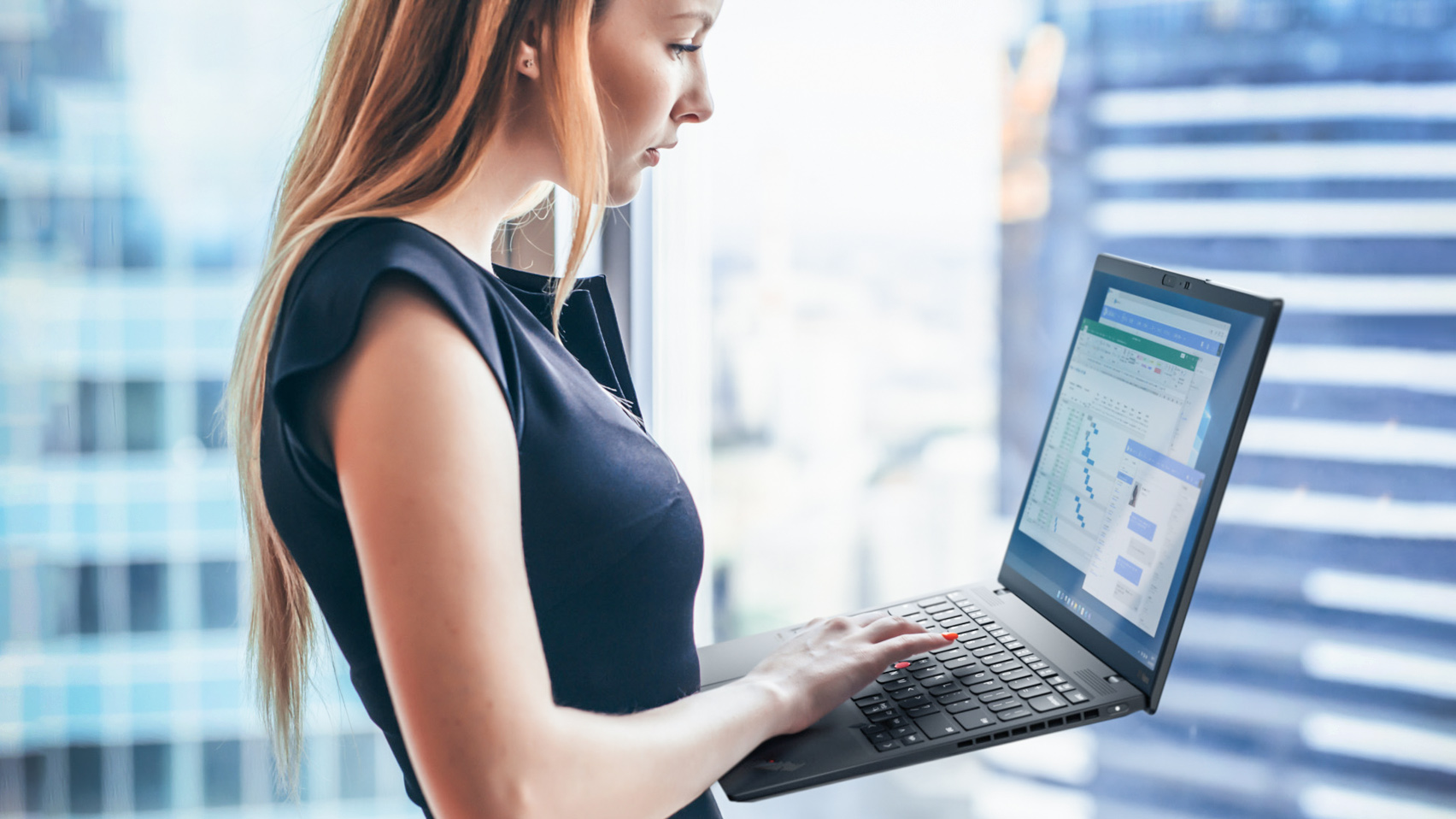
Lenovo might not be the biggest brand in computing, but the best Lenovo laptops have a lot to offer. Founded in 1985, the company purchased IBM’s PC business in 2005, and is now a major player in the world of business laptops.
However, if your tastes run to applications that need a little more processing power, such as Lightroom or Affinity Photo, then Lenovo has got you covered too. Its Yoga series provides 2-in-1 flexibility, the ThinkPads offer executive levels of cool, and the Legion and LOQ laptops are fully-loaded gaming machines that will provide all the power you need for throwing large raw files around.
Below we've brought together the best Lenovo laptop you can buy today, in one handy place. And we give you all the facts and figures you need to choose the right one for you.
The best Lenovo laptop overall
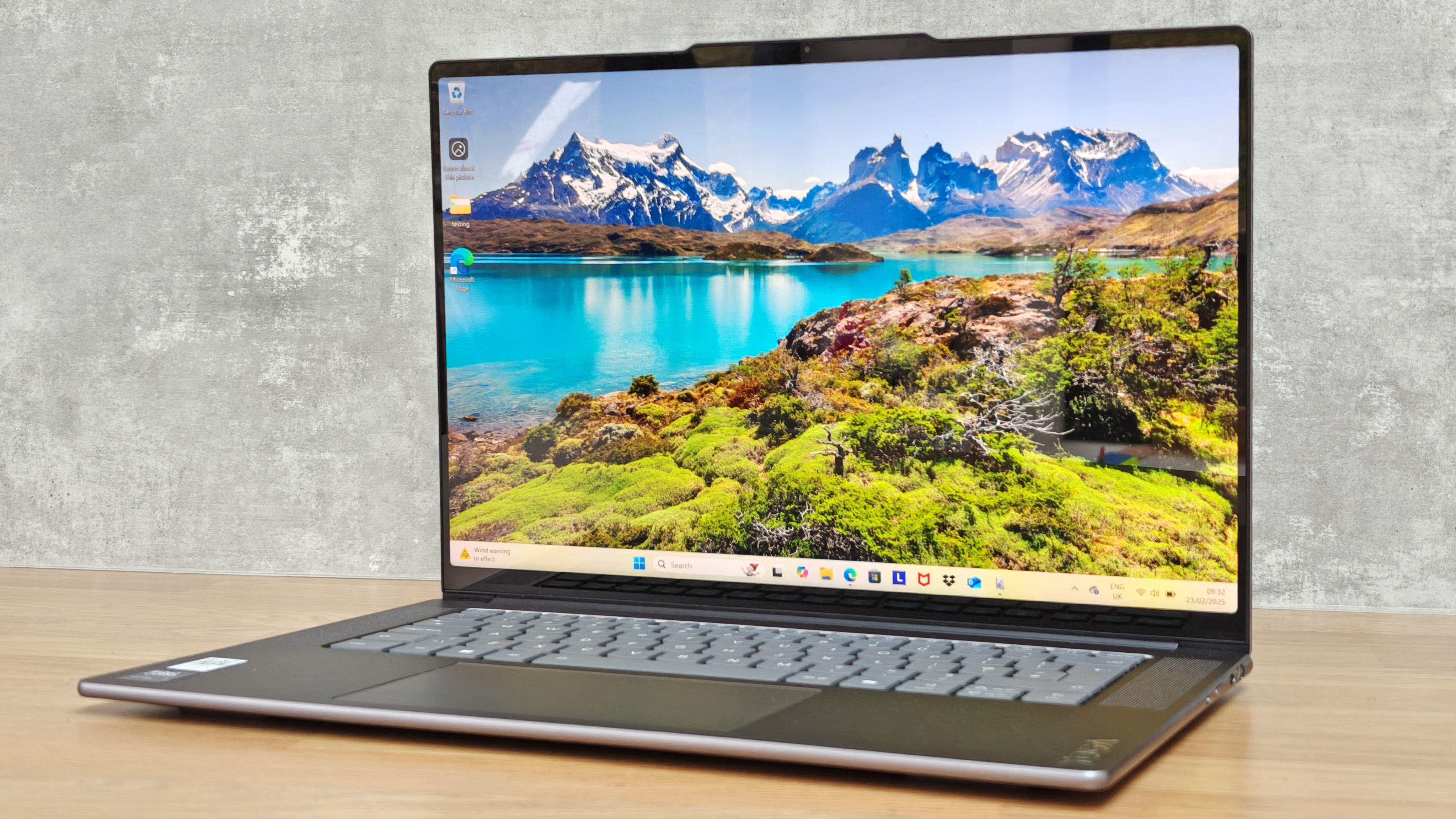
Specifications
Reasons to buy
Reasons to avoid
If you're looking for an ultraportable laptop that doesn't compromise on display quality or battery life, the Lenovo Yoga Slim 7 15 Aura is a compelling choice. Our reviewer found this laptop strikes an impressive balance between performance and portability, offering a color-accurate display that will delight photographers and content creators on the go. With its Intel Core Ultra 7 processor optimized for AI workloads and a stunning 2.8K display covering 96% of the DCI-P3 color space, it's a serious contender for mobile creative professionals.
The Yoga Slim 7 comes with some notable features that set it apart: a factory-calibrated display with Delta-E accuracy of 0.48, an impressive battery life of nearly 22 hours, and Intel's latest AI-optimized processor. While it won't break speed records, it handles high-resolution image editing and AI-powered tasks with surprising efficiency.
Ports are limited to two USB-C (Thunderbolt 4), one USB-A, and an HDMI output, which might frustrate those who need multiple connection options. However, the trade-off is an incredibly slim profile that weighs just 1.53kg, making it ideal for professionals who prioritize mobility.
Priced around $1,400/£1,260, it offers significant value compared to similarly specced MacBook Air models, making it an attractive option for Windows users seeking a premium ultraportable laptop.
The best Lenovo laptop for battery life
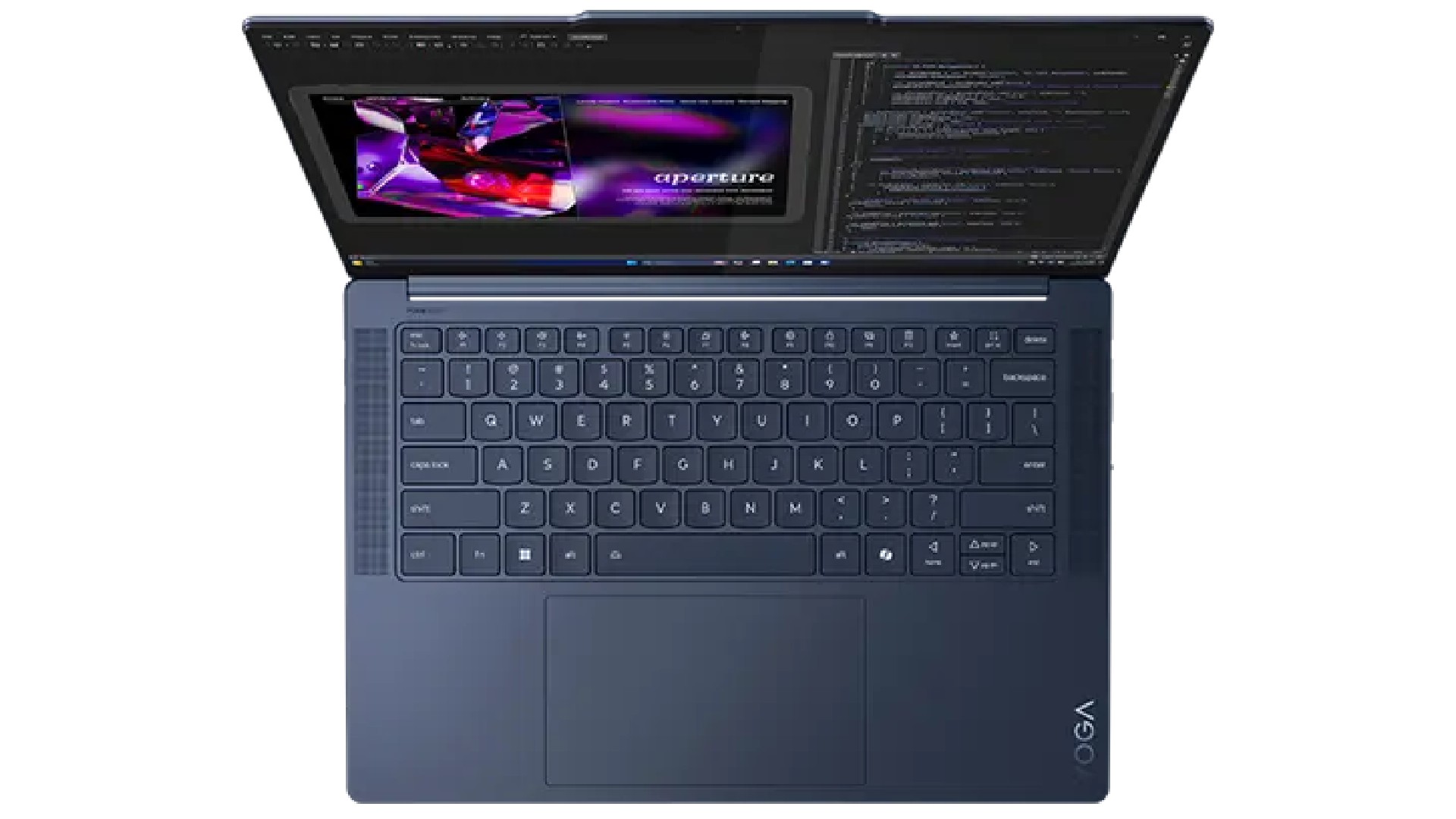
2. Lenovo Yoga Slim 7x
Specifications
Reasons to buy
Reasons to avoid
The Lenovo Yoga Slim 7x represents a breakthrough in Windows ultraportable laptops, combining the power of Snapdragon X Elite technology with an elegant design that challenges Apple's MacBook Air. Priced starting at $1,199, this laptop delivers remarkable performance, an exceptional display, and battery life that sets a new standard for Windows machines.
At just 2.8 pounds and 0.5 inches thick, the Yoga Slim 7x offers a premium aluminum chassis in a sleek Cosmic Blue finish. Its 14.5-inch OLED display is a standout feature, delivering vibrant colors, deep blacks, and sharp 2,944 x 1,840 resolution that brings content to life. The laptop excels in everyday tasks, handling multiple browser tabs and productivity applications with ease.
Performance benchmarks show the Snapdragon X Elite chip competing effectively with Apple's M3, particularly in multi-core performance. Battery life impresses at 14 hours and 14 minutes, making it an ideal companion for professionals and creatives on the go. While some Arm compatibility challenges exist, the Yoga Slim 7x represents an exciting new direction for Windows laptops.
The best Lenovo laptop for value
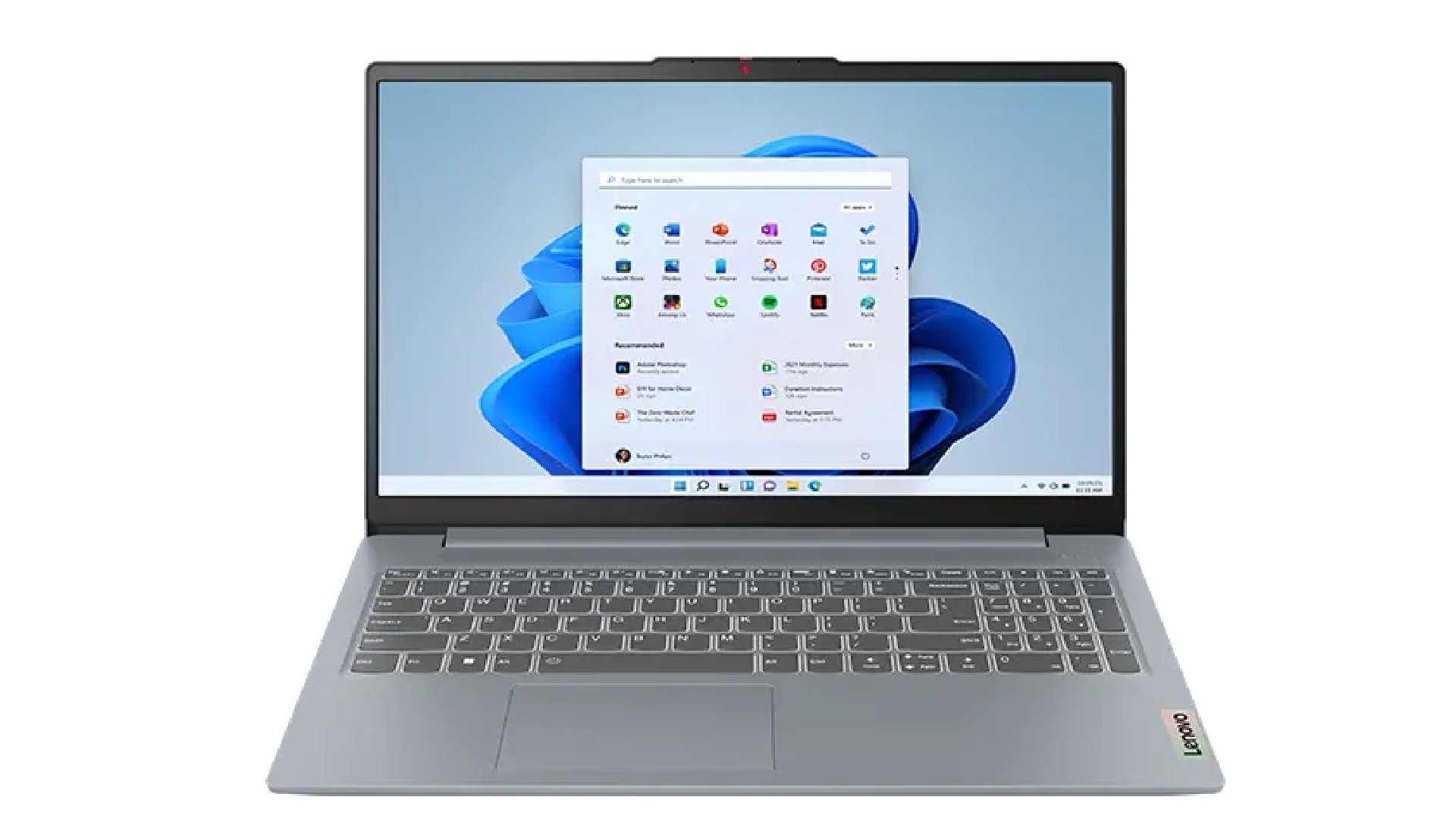
3. Lenovo IdeaPad Slim 3
Specifications
Reasons to buy
Reasons to avoid
The Lenovo IdeaPad Slim 3 redefines the budget laptop category, offering an impressive combination of performance, design, and value at just $649. This Snapdragon X-powered machine challenges expectations of what a low-cost laptop can deliver, providing a sleek 0.7-inch thin chassis that looks far more expensive than its price tag suggests.
Despite its budget-friendly positioning, the IdeaPad Slim 3 doesn't compromise on essentials. It offers a generous port selection including two USB-A ports, an SD card slot, and USB-C, making it highly versatile for various user needs. The keyboard and touchpad provide a surprisingly premium typing experience, defying typical budget laptop limitations.
Performance benchmarks position the Slim 3 competitively against more expensive machines, handling everyday productivity tasks with ease. While it may not be a powerhouse for intensive workloads, its Snapdragon X chip delivers respectable performance and promising battery efficiency, making it an excellent choice for students, remote workers, and budget-conscious consumers seeking a reliable, stylish laptop.
The best Lenovo laptop for business
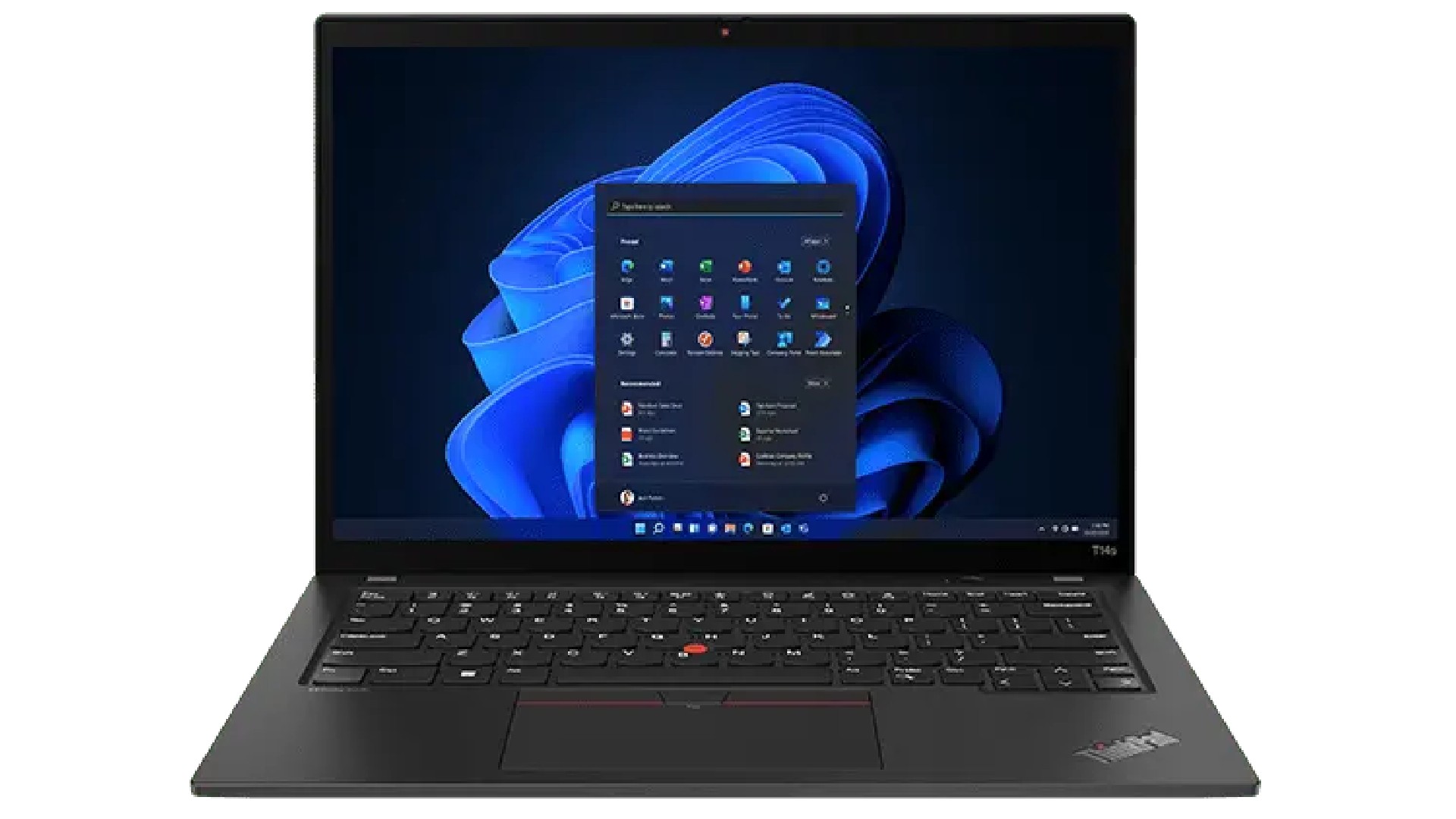
4. Lenovo ThinkPad T14s
Specifications
Reasons to buy
Reasons to avoid
The Lenovo ThinkPad T14s represents the pinnacle of business laptop design, offering a perfect blend of portability, performance, and professional functionality. Powered by an AMD Ryzen 7 PRO processor and featuring a premium magnesium and carbon fiber construction, this laptop is designed for professionals who demand both style and substance.
At just 1.26 kg and 0.65 inches thick, the T14s is remarkably portable without compromising on durability. The 14-inch display offers multiple configuration options, including a high-end 2.8K OLED version with 100% DCI-P3 color coverage. The legendary ThinkPad keyboard continues to impress, providing an ergonomic typing experience that sets the standard for business laptops.
While the soldered RAM and limited graphics capabilities may deter some power users, the T14s excels at everyday business tasks. With robust connectivity options, including Thunderbolt 4 and a smart card reader, and features like the physical camera shutter, this laptop is purpose-built for the modern professional seeking reliability and performance in a compact package.
The best Lenovo laptop with two screens
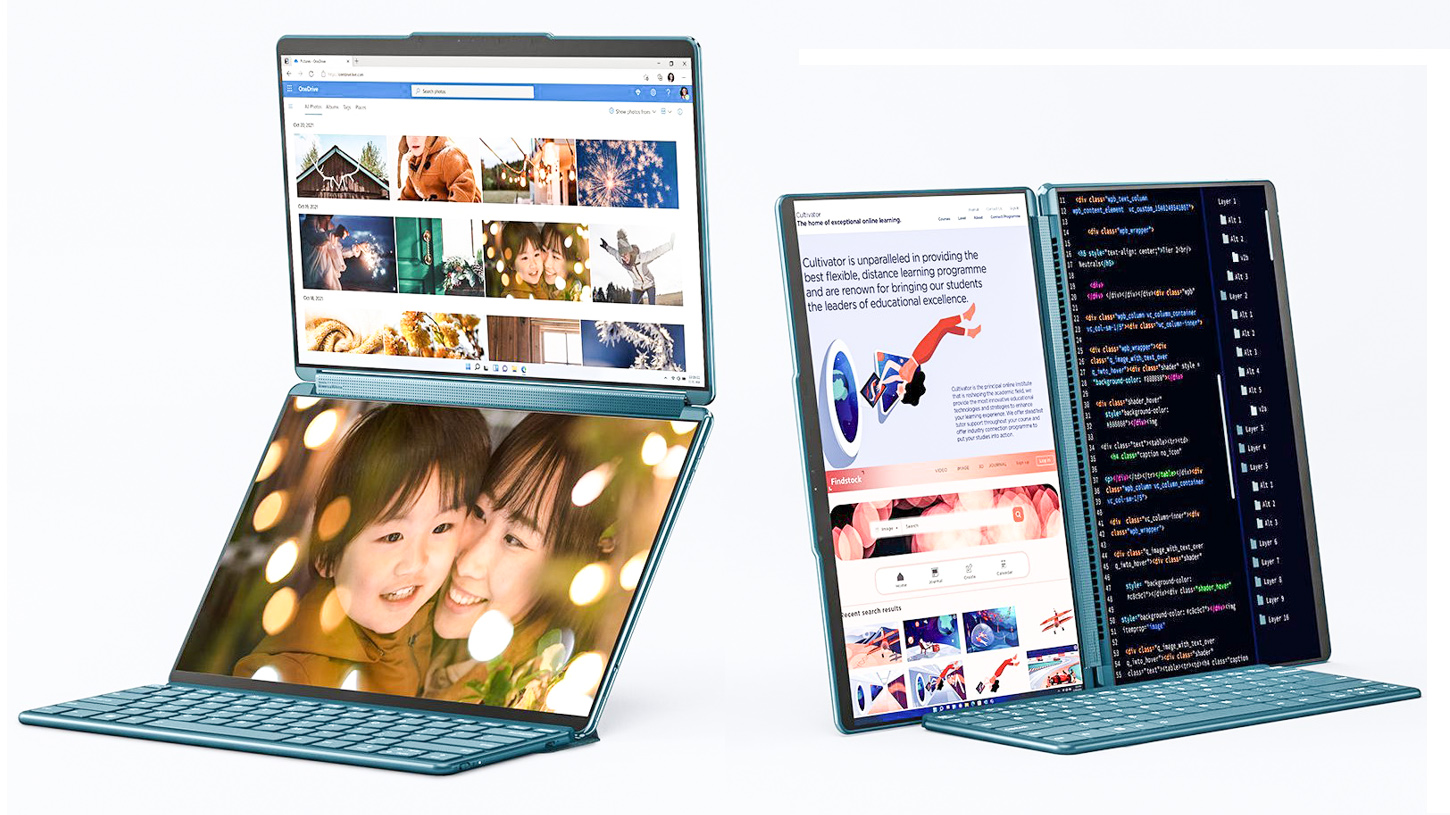
5. Lenovo Yoga Book 9i Gen 8
Specifications
Reasons to buy
Reasons to avoid
Due to some terrible mix-up at the factory, the Yoga Book 9i was released with an extra screen where the keyboard should be! Luckily, it has turned out to be a really good laptop design, especially when paired with the included Bluetooth keyboard and stylus.
It can become a giant screen for opening multiple documents, a pen input tablet for painting in Photoshop or masking in Lightroom, a magazine that shows pages facing each other in ways other tablets can’t. The list goes on.
The rest of the specs aren’t bad either, and Thunderbolt 4 makes a welcome appearance for connecting to external storage or screens. Powering two OLED screens takes a toll on the battery life, however, and at 10 hours of dual-screen use, it’s merely average.
The best Lenovo laptop that folds
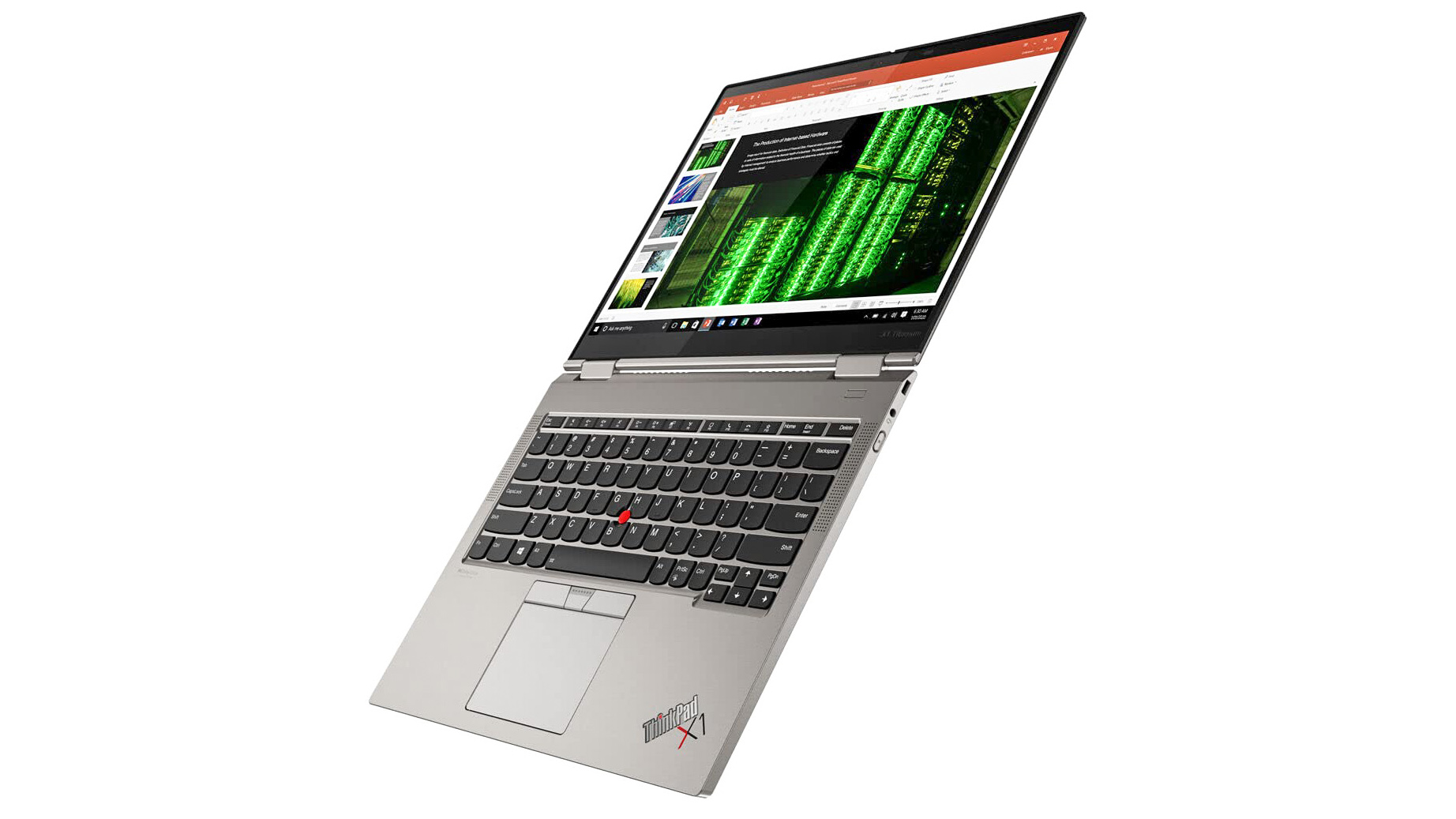
6. Lenovo ThinkPad X1 Yoga Gen 8
Specifications
Reasons to buy
Reasons to avoid
Lenovo’s X1 series of laptops are thin, light and aimed at productivity applications. That doesn’t mean they’re not useful for image or video editing, though, and the i7 processor on this model means it should be right up there when it comes to CPU-intensive tasks in Photoshop or Premiere - especially as it has 32GB of RAM on board.
The good thing about the Yoga 2-in-1 laptops is how flexible they are. With its touch-sensitive screen you can use it like a tablet, or stand it up in tent mode to enjoy your work once you’ve finished editing it. There's Thunderbolt 4 for connecting it to things via an optional Thunderbolt dock, and you can specify 5G connectivity too, to keep you in touch wherever you are.
How we test laptops
Why you can trust Digital Camera World
When reviewing a laptop, we assess its internal hardware features, build quality, ergonomics, performance in a variety of usage scenarios, value for money, and its overall suitability for its target buyer. Although we'll evaluate a laptop with a typical user in mind, we will also pay particular attention to the perspective of photo and video enthusiasts, with special focus given to screen quality and color space coverage. Where possible, a monitor calibrator will be used to measure a laptop's display performance to assess whether it matches a manufacturer's claims, and software benchmarks like GeekBench are used to measure a laptop's processor and graphics card capabilities.
If none of these products fit what you were looking for, be sure to check out our expert guides to the best laptops for video editing, space-saving Ultrabooks with a thin and light design or even (if you have the space), the best desktop computers.
Get the Digital Camera World Newsletter
The best camera deals, reviews, product advice, and unmissable photography news, direct to your inbox!

Ian Evenden has worked for newspapers, magazines, book publishers, and websites during his almost 25 years in journalism, and is never happier than when taking a new piece of expensive technology out of its box. When he's not slaving over a hot keyboard, he lies in wait for wildlife before shooting it with a long camera lens.
